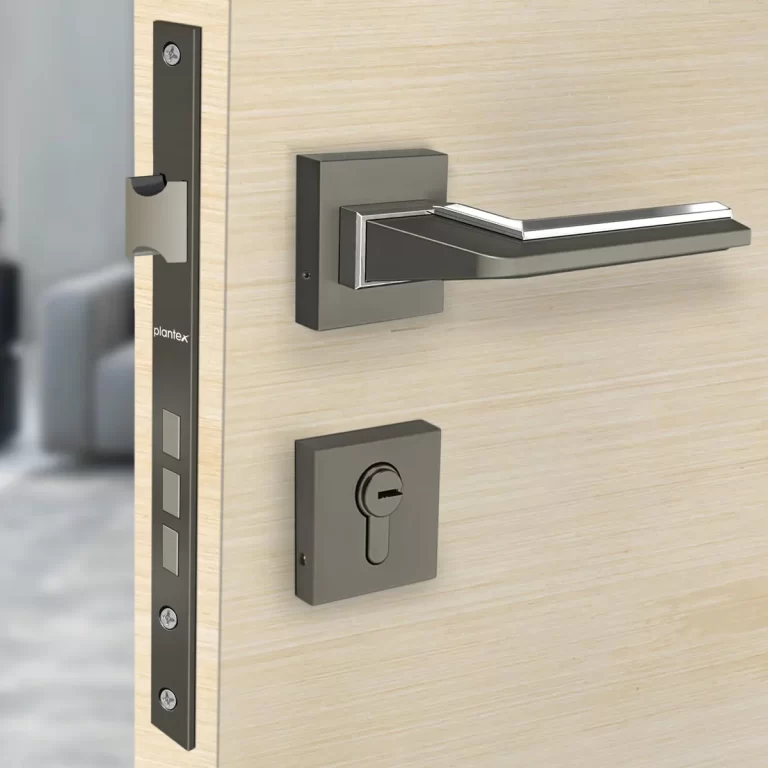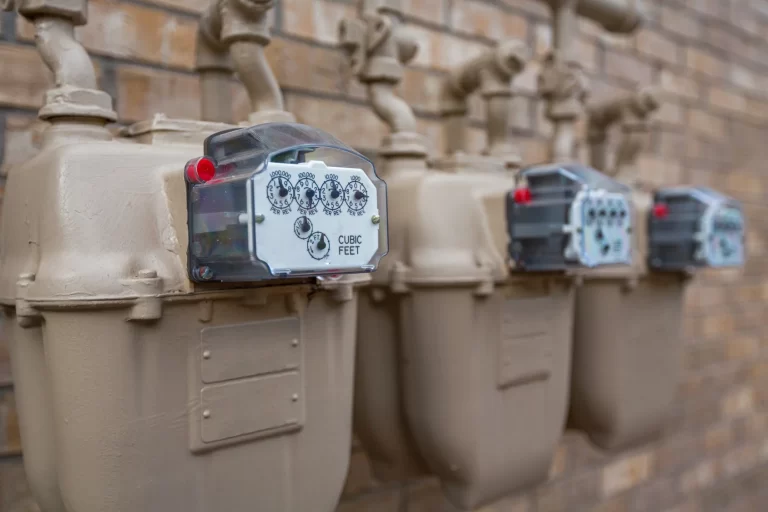How Does a Toggle Work?
Toggles are ubiquitous in our everyday lives, from light switches to smartphone settings. But have you ever wondered how these simple yet efficient devices actually work? In this comprehensive guide, we will explain the inner workings of toggles, shedding light on their mechanism and functionality.
So, if you’re curious about the science behind toggles and eager to understand their role in our modern world, you’ve come to the right place!
How Does a Toggle Work?
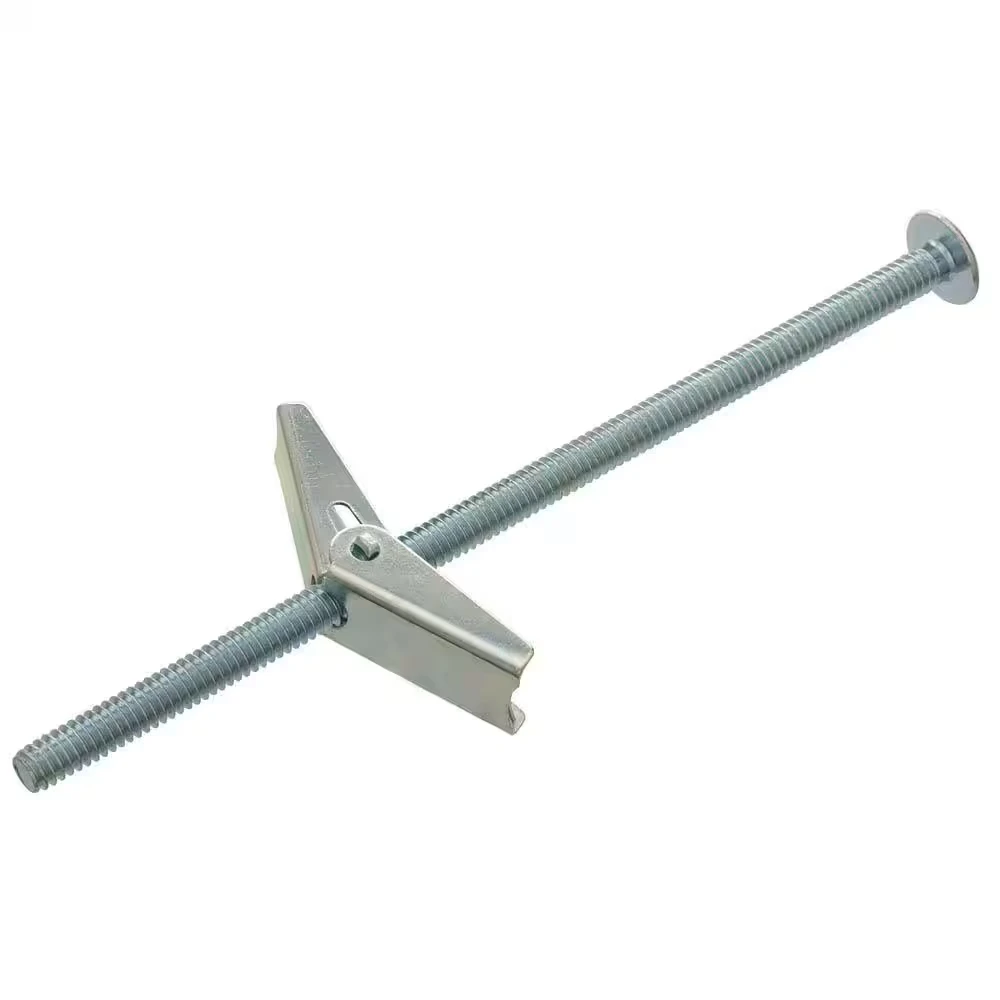
Toggles, sometimes referred to as switches, are electromechanical devices designed to control the flow of electricity in a circuit.
They serve as the interface between the electrical power source and the load, allowing us to turn devices on or off with a simple flick of a switch.
Whether it’s the light illuminating your room or the fan cooling the air, toggles play a crucial role in our daily lives.
Toggles operate based on the principle of a physical connection that either completes or breaks a circuit. When the toggle is in the “on” position, it establishes a connection that allows the flow of electric current, activating the device connected to the circuit.
Conversely, when the toggle is in the “off” position, it interrupts the connection, cutting off the flow of electricity and deactivating the device.
How Does a Toggle Switch Mechanism Work?
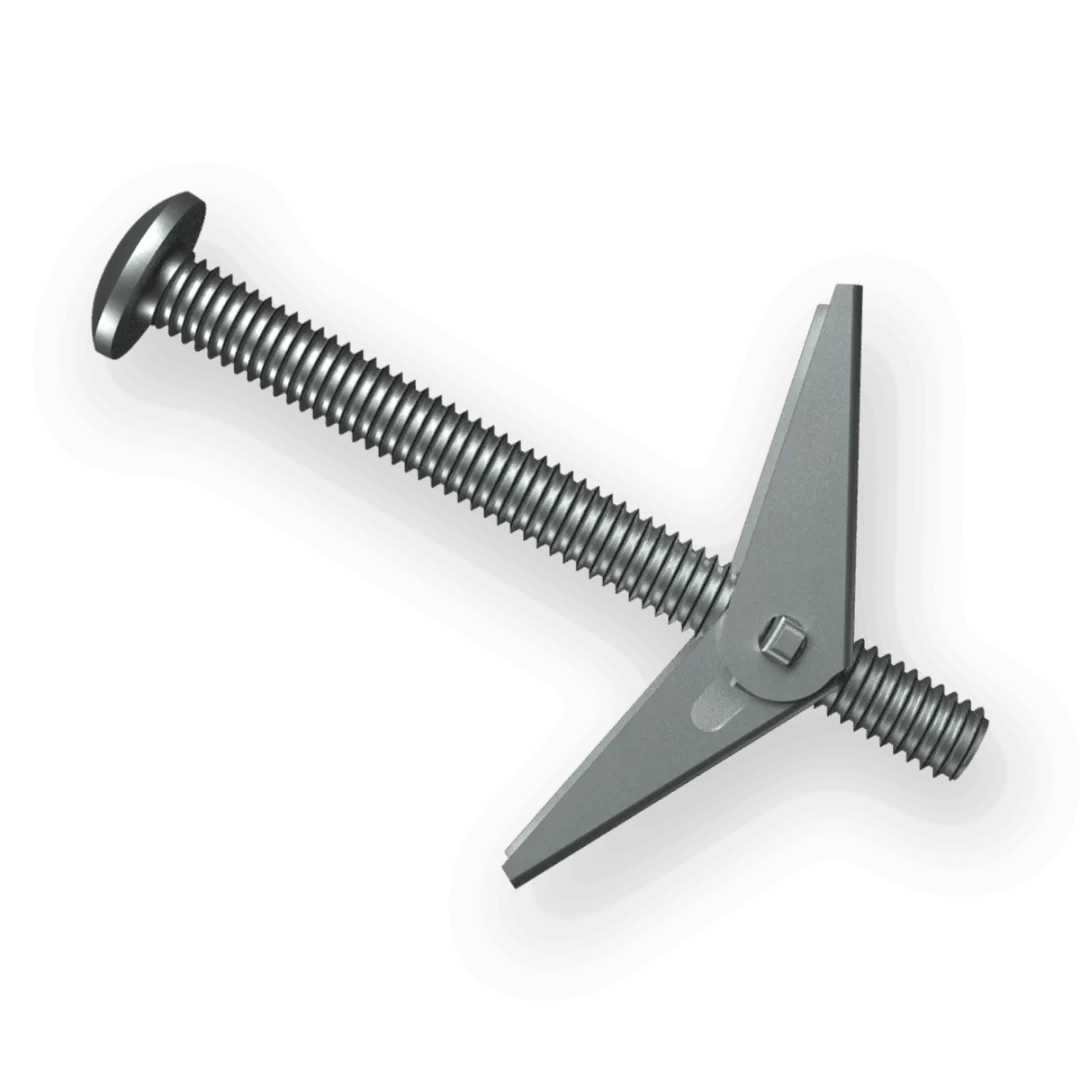
The mechanics of a toggle switch are relatively simple yet ingenious. It consists of a lever or handle that can be moved between two positions: on and off.
The switch is connected to a set of contacts, which are responsible for making or breaking the electrical connection.
When the toggle is in the “on” position, the lever engages with the contacts, bringing them together and allowing the current to flow through the circuit.
The contacts are usually made of conductive materials, such as copper or brass, ensuring low resistance and efficient power transmission.
On the other hand, when the toggle is in the “off” position, the lever disengages from the contacts, creating a gap between them.
This gap breaks the circuit, preventing the flow of electricity and effectively turning off the connected device.
How Does a Toggle Switch Function Electrically?
Electrically, toggles are designed to handle different types of circuits and voltages. The behavior of a toggle switch depends on its internal design and the electrical characteristics of the circuit it is connected to.
1. Single-Pole Single-Throw (SPST) Toggle Switch
One common type of toggle switch is the Single-Pole Single-Throw (SPST) switch. It has two terminals: one for the incoming power source and the other for the load.
In the “on” position, the terminals are connected, allowing current to flow. In the “off” position, the terminals are disconnected, breaking the circuit.
2. Single-Pole Double-Throw (SPDT) Toggle Switch
Another type is the Single-Pole Double-Throw (SPDT) switch. It has three terminals: one common terminal, one terminal for the incoming power source, and another for the load. In this configuration, the switch can be in one of two positions.
When the switch is toggled to one side, the common terminal connects to the power source terminal. When toggled to the other side, the common terminal connects to the load terminal.
This allows the switch to control the direction of current flow or select between two different circuits.
3. Multi-Pole Toggle Switches
For more complex applications, multi-pole toggle switches are used. These switches have multiple sets of contacts, allowing them to control multiple circuits simultaneously.
They are commonly used in industrial settings or in situations where precise control and coordination of multiple devices are required.
How Does a Toggle Switch Work in Different Applications?
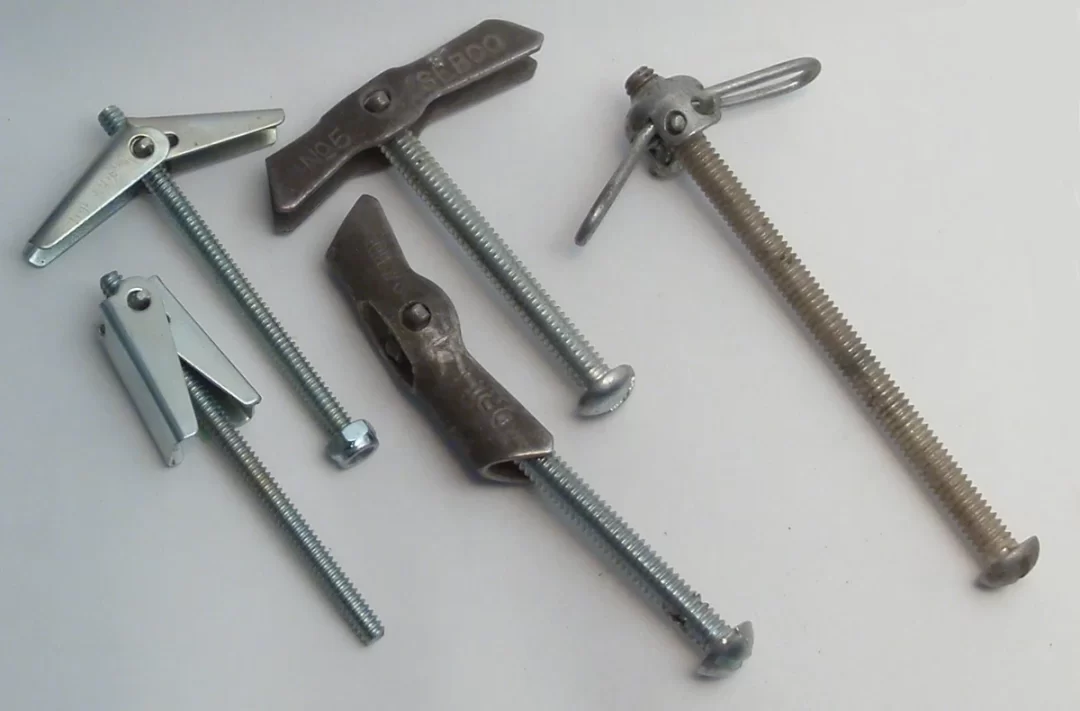
Toggles find applications in various devices and systems. Let’s explore a few examples:
1. Lighting Systems: Toggles are extensively used to control lighting systems in homes, offices, and public spaces. They allow us to turn lights on or off with ease.
2. Electronics: Toggles are often incorporated into electronic devices to control power supply and various functions. For instance, on smartphones, toggles are used to switch between silent and sound modes or activate/deactivate Wi-Fi and Bluetooth.
3. Appliances: Many household appliances, such as washing machines, refrigerators, and ovens, utilize toggles for power control and mode selection.
4. Automotive: Toggles are present in vehicles to operate headlights, windshield wipers, and other electrical components.
Conclusion
In conclusion, toggles are simple yet indispensable devices that facilitate the control of electrical circuits. Their mechanical ingenuity, coupled with their electrical functionality, allows us to effortlessly activate or deactivate devices in our daily lives.
Whether it’s the familiar light switch on the wall or the toggle on your favorite gadget, understanding how toggles work gives us a deeper appreciation for the technology that surrounds us.
So, the next time you flip a toggle switch, take a moment to marvel at the seamless interaction between mechanics and electricity that makes it all possible.
READ ALSO!!!



